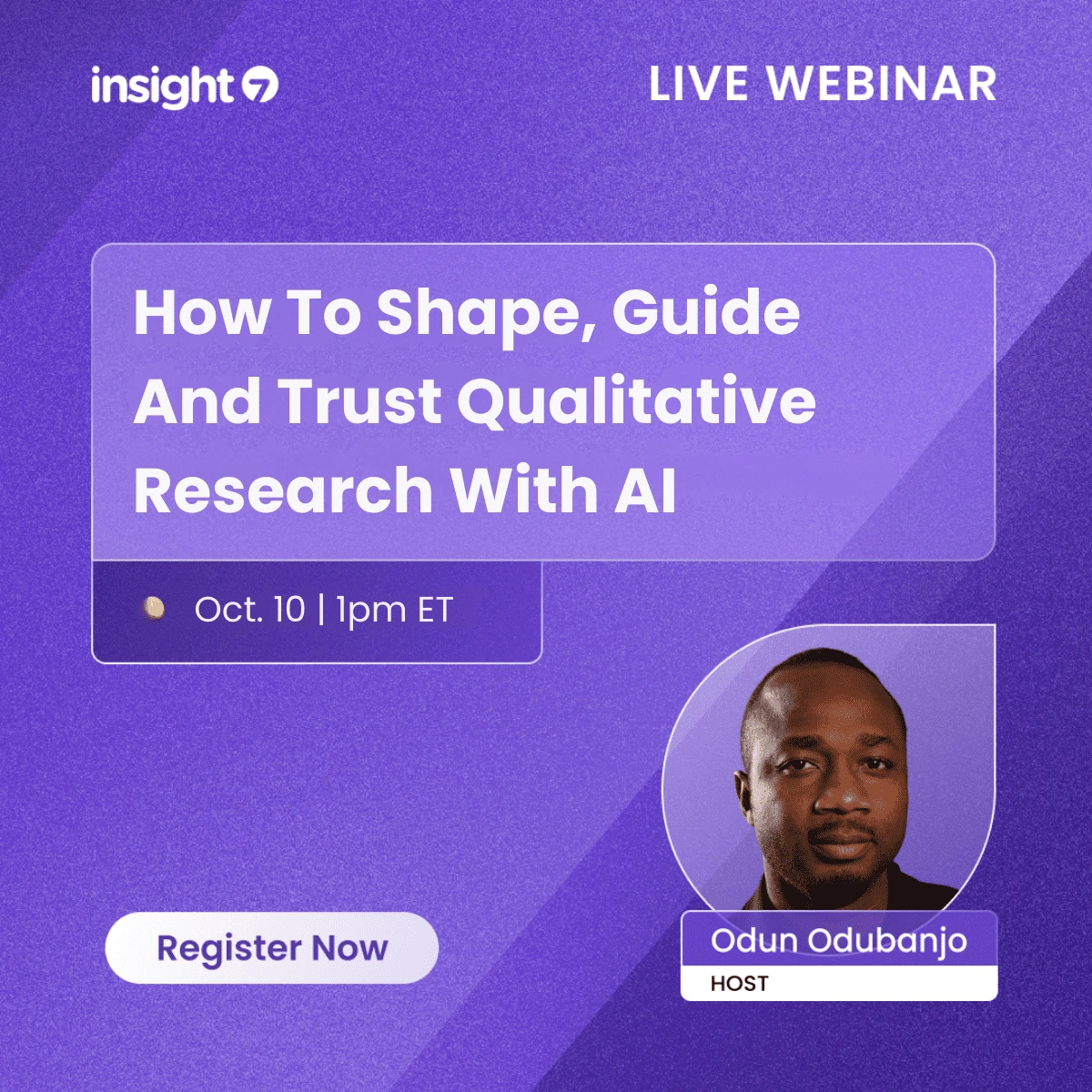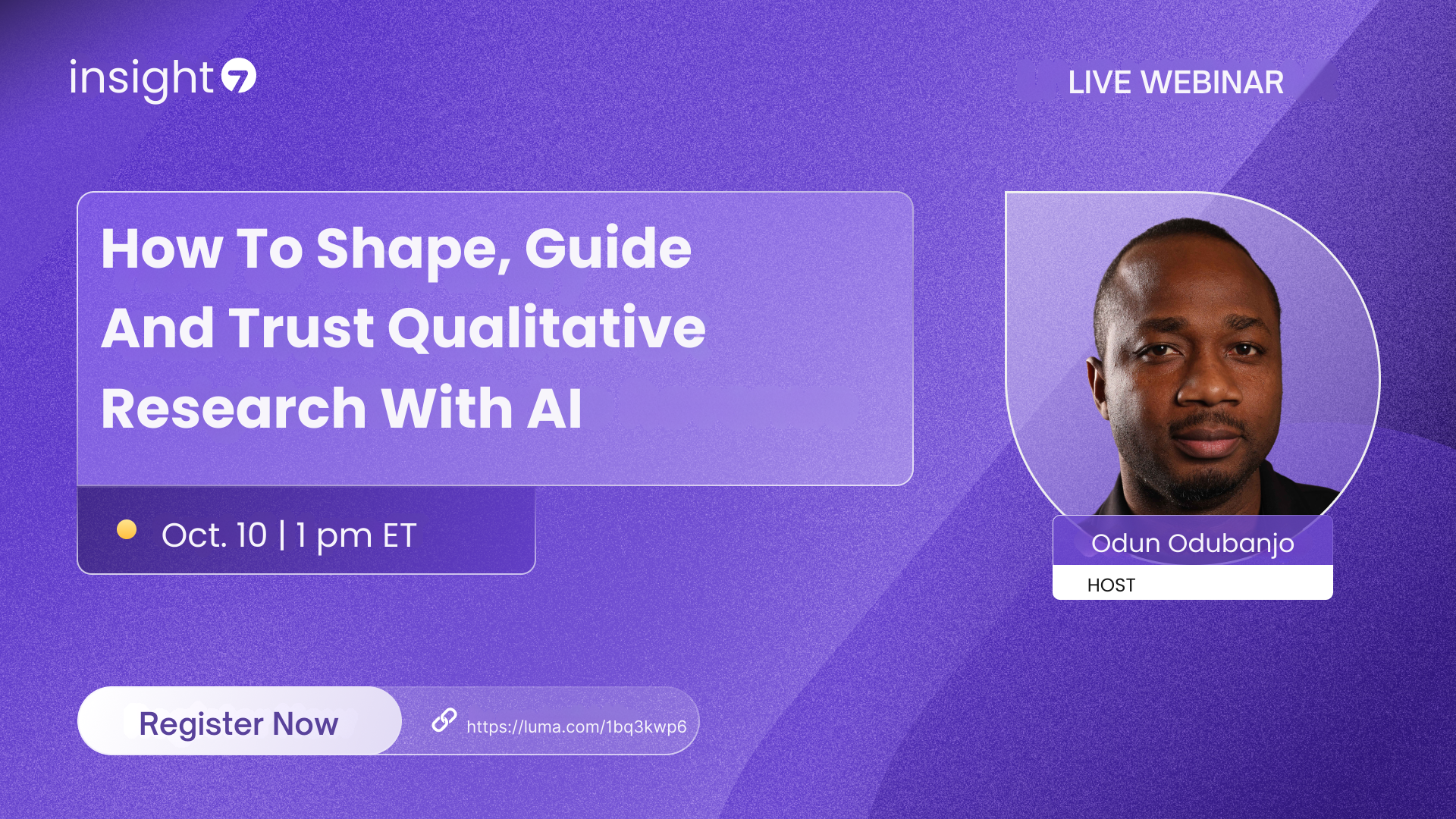AI Text Analysis Tool: Best Features for 2024
-
Bella Williams
- 10 min read
In the rapidly evolving world of AI, Advanced Text Insights have emerged as a key tool for extracting meaningful information from vast amounts of data. As 2024 approaches, professionals across various industries are discovering innovative ways to gain deeper insights, evaluate risks, and understand complex trends. This can greatly enhance decision-making processes and strategies by tapping into the nuanced information found within dialogues and texts.
The importance of these insights extends across sectors, from market research to customer feedback analysis. By utilizing advanced tools, one can automatically tag critical themes and sentiments, streamlining the extraction process for key ideas. In this document, we will delve into the best features of AI text analysis tools slated for 2024, offering a comprehensive look at how these technologies can help organizations turn complex data into actionable insights.
Key Features of AI Text Analysis Tools in 2024
In 2024, AI text analysis tools will showcase advanced text insights, enhancing how users interact with qualitative data. One of the standout features will be real-time transcription, enabling instant analysis of interviews and focus groups. This feature drastically reduces manual effort and increases efficiency in research workflows. Additionally, sentiment analysis will evolve, providing deeper emotional understanding by examining nuances in user language.
Another key capability will be bias detection in qualitative research, ensuring that insights are accurate and reliable. Users can anticipate automated reporting tools that synthesize findings into clear, actionable insights, making it easier for teams to convey results. Furthermore, enhanced integrations with other research tools will support seamless data management across various platforms, significantly streamlining the research process. These features work collectively to ensure that AI tools not only save time but also enrich the decision-making process with high-quality information.
Advanced Text Insights and Predictive Analytics
Advanced Text Insights plays a crucial role in uncovering detailed, actionable information from vast amounts of text data. This capability allows users to intuitively analyze transcripts, reports, and other textual sources for specific themes and sentiments. By employing customizable workflows, users can focus on identifying risks, challenges, and key trends that matter most to their objectives.
Furthermore, predictive analytics enhances this experience by providing foresight into potential patterns and behaviors. Tools equipped with automatic tagging and sentiment detection ensure that vital insights are highlighted, making it easier to distill critical information from lengthy conversations or interviews. Users can interact with the data to extract meaningful conclusions, elevating decision-making processes and driving strategic initiatives. Advanced Text Insights transforms raw data into valuable narratives, empowering organizations to navigate complexity with greater clarity and confidence.
Enhanced Sentiment Analysis
Enhanced Sentiment Analysis transforms how organizations interpret customer feedback. Advanced Text Insights enable users to accurately discern which features are appreciated or criticized by analyzing the sentiments expressed in conversations. By categorizing insights and linking them to direct quotes from participants, this tool provides a transparent view of customer opinions, making it easier to address users’ desires and pain points effectively.
This capability ensures that businesses can adapt their strategies based on genuine feedback. To utilize Enhanced Sentiment Analysis effectively, consider the following elements:
- Configurability: Users can tailor the system to focus on specific insights, allowing for a personalized experience in extracting relevant sentiments.
- Evidence Mapping: Each insight is anchored to direct quotes, providing a clear context for analysis.
- Real-time Feedback: Immediate access to sentiment data helps teams respond swiftly to user needs.
This level of detailed insight positions organizations to create meaningful, user-centered experiences.
The Future of AI Text Analysis
As organizations increasingly recognize the power of AI text analysis, the future looks promising. Advanced Text Insights will play a crucial role in transforming how businesses understand customer feedback, market trends, and user sentiment. These insights can help in refining strategies, thus ensuring they stay ahead of the competition.
In 2024, we can expect AI text analysis tools to become more intuitive and user-friendly. Enhanced natural language processing will allow for deeper sentiment analysis, making it possible to detect emotions and nuances in text. Furthermore, integration with various CRM systems will streamline workflows, allowing organizations to analyze data more efficiently. Finally, the advent of customizable reporting tools will empower users to tailor insights based on specific business needs, driving informed decision-making. Embracing these advancements will be vital for companies aiming to unlock the full potential of their textual data.
Advanced Text Insights for Real-Time Data Processing
Advanced Text Insights pave the way for real-time data processing, allowing users to extract meaningful information dynamically. By utilizing sophisticated algorithms, this feature identifies key themes, sentiments, and trends from unstructured text, transforming data into actionable insights almost instantaneously.
One of the most compelling aspects of Advanced Text Insights is its ability to customize the output based on user-defined parameters. Users can specify which insights are most relevant, such as risks or emerging trends, ensuring the analysis meets their particular needs. Additionally, automatic tagging facilitates quick organization of findings, while the ability to chat with the data allows users to pose questions directly related to the transcripts. This real-time interaction not only enhances understanding but also fosters more informed decision-making, making it an essential tool for organizations seeking to optimize their data analysis capabilities for 2024 and beyond.
Integrating AI with Other Technologies
Integrating AI with other technologies enhances the capabilities of AI text analysis tools, allowing for advanced text insights. When AI tools are combined with effective data management and communication platforms, they unlock deeper analytical features. For instance, integrating AI with CRM systems facilitates real-time insights on customer interactions, enabling businesses to tailor their marketing strategies effectively.
Additionally, aligning AI text analysis with cloud computing services ensures scalability and accessibility, making it easier for teams to collaborate on insights. Through such integrations, businesses can automate data collection and analysis, leading to more accurate market research outcomes. As a result, organizations can derive actionable insights from various data sources, ultimately improving decision-making and operational efficiency. Exploring these integrations not only maximizes the value of AI tools but also positions companies to remain competitive in a rapidly evolving digital landscape.
Conclusion: The Evolution of Advanced Text Insights
The evolution of Advanced Text Insights has transformed the way we approach data analysis, particularly in understanding customer feedback. Modern AI tools have simplified the process of extracting actionable insights from complex text data, making it accessible to various industries. This transformation allows organizations to respond swiftly to emerging trends and customer needs, driving both efficiency and effectiveness in their strategies.
As we anticipate the future, the best features of AI text analysis tools for 2024 emphasize improved accuracy and collaboration. By minimizing potential bias and ensuring clearer communication of insights, businesses can make informed decisions. Overall, the ongoing evolution in this field signifies a remarkable shift towards a more data-driven decision-making environment.







